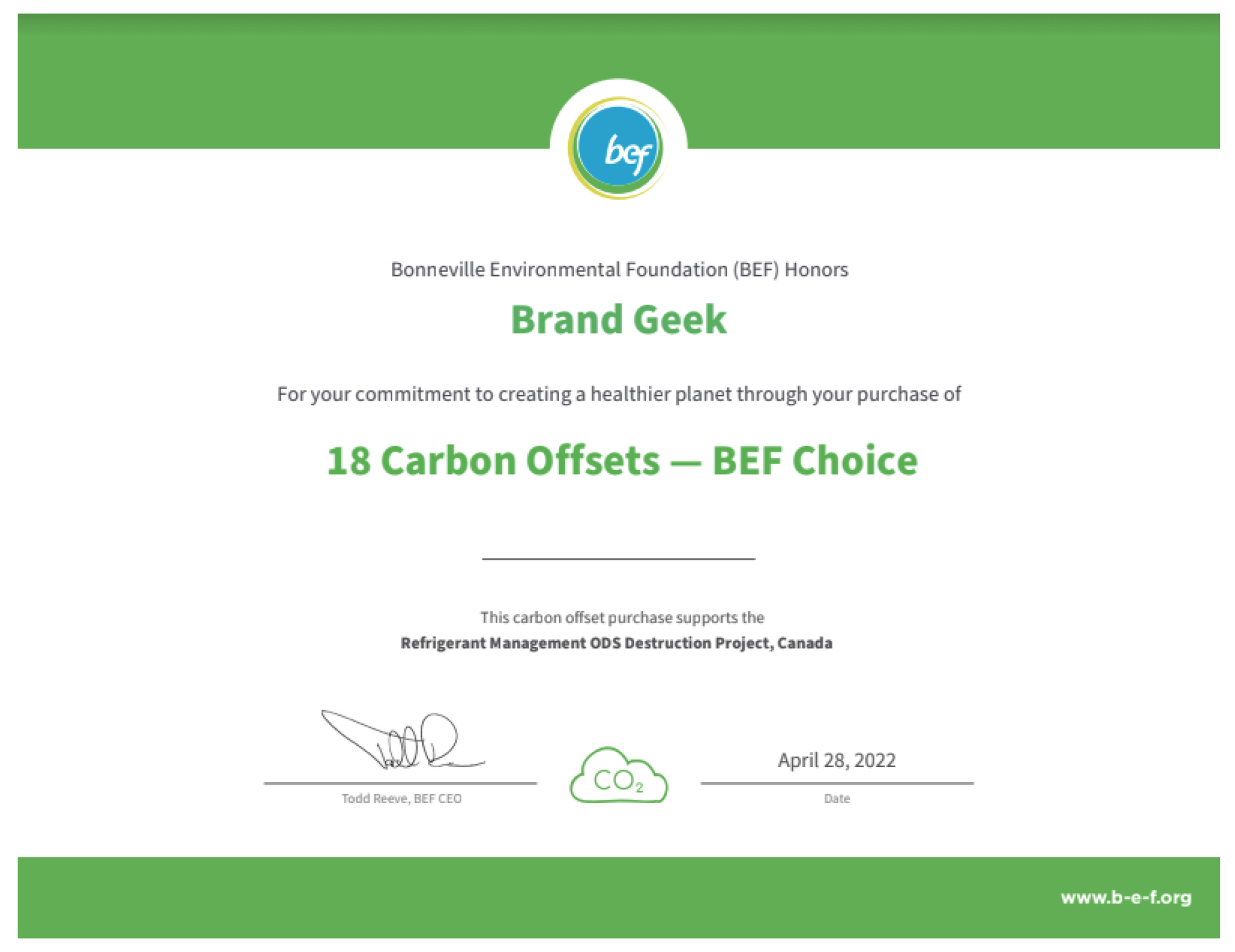Brandgeek proudly supports Mountain Area Preservation and is humbled to be…
Watering down WeightWatchers®
As much as I try to eat healthfully, I still love a good soda occasionally. While visiting my in-laws in Rhode Island last week, I tried WAIST WATCHER diet root beer (it actually tasted good).
Of course, my first thought upon seeing this label was that the WAIST WATCHER mark infringes WEIGHT WATCHERS.
 In order to understand infringement, you must understand how trademark rights are acquired. The first person/entity to use a mark in interstate commerce (the “Senior” or “Prior” user) may prevent everyone else from using an identical or similar mark for the same or similar services as those offered by the Senior user. The key is you have to be first. WEIGHT WATCHERS was first used in 1967. WAIST WATCHER first was used in 1981. So, WEIGHT WATCHERS is first.
In order to understand infringement, you must understand how trademark rights are acquired. The first person/entity to use a mark in interstate commerce (the “Senior” or “Prior” user) may prevent everyone else from using an identical or similar mark for the same or similar services as those offered by the Senior user. The key is you have to be first. WEIGHT WATCHERS was first used in 1967. WAIST WATCHER first was used in 1981. So, WEIGHT WATCHERS is first.
Now the question is whether consumers will think WAIST WATCHERS comes from or is authorized by the WEIGHT WATCHERS brand owner. I presumed it must be, but could not find any evidence of that on the soda label (shown above). The label states “A Product of the Adirondack Beverage Company” and nothing more, so I then presumed it was infringing.
Trademark infringement happens when consumers are likely to believe that a product is offered, authorized, or endorsed by someone it is not. This is called “likelihood of consumer confusion” or “likelihood of confusion.” To determine whether WAIST WATCHERS infringes on WEIGHT WATCHERS, we start with the tripartite “overall commercial impression test,” also called the “sight, sound, and meaning trilogy.”
Sight: WAIST WATCHER looks similar to WEIGHT WATCHERS (favors Senior user)
Sound: WAIST WATCHER sounds very similar to WEIGHT WATCHERS — the alliteration is the same; the syllables & emphasis are the same; both marks have a “long a” sound followed by the word WATCHER (favors Senior user)
Meaning: WAIST WATCHER and WEIGHT WATCHERS have identical meanings — people who are conscious about their physique (favors Senior user)
Next we examine the similarity in the products (or services). In this case, we have WAIST WATCHER root beer and WEIGHT WATCHERS packaged food products, which we’ll presume are related goods for purposes of this post. When these two factors (similarity in marks and goods/services) clearly favor one party, that alone may be enough for that party to win a trademark dispute.
When similarity of marks or goods/services factors is in question, then other factors are examined as well, including: strength of the Prior user’s mark; marketing channels used; degree of care exercised in purchases of goods/services of this nature; evidence of actual confusion; and nature and number of similar marks for similar goods.
Strength: WEIGHT WATCHERS is a strong mark, possibly even well-known or famous (favors Senior user)
Marketing channels: Both products are sold in grocery stores and C-stores (favors Senior user)
Degree of care: Consumers tend not to exercise much thought when buying soda or packaged food (after all they’re buying soda and packaged food, neither of which is very good for you) (favors Senior user)
Actual confusion: I was confused and am sure others are as well; were I attempting to resolve this dispute on behalf of WEIGHT WATCHERS, I would provide my opponent evidence demonstrating consumer confusion, like mis-directed communications and possibly survey evidence (favors Senior user)
Nature/Number similar marks: 2 (CARBWATCHERS and EGG WATCHERS) (favors Senior user)
Given that all of the likelihood of confusion factors favor the Senior user, I’d say WEIGHT WATCHERS wins this one.
So then, how can it be that WAIST WATCHER is being sold to my unsuspecting in-laws and other folks in Rhode Island? Well, it’s because the WEIGHT WATCHERS brand owner also owns WAIST WATCHERS, which I discovered only by searching the web. There’s a trademark legend (a statement of brand ownership and the licensing relationship between the brand owner and the Adirondack Beverage Company) on the WAIST WATCHER website:
A company named WW Foods owns the WAIST WATCHER federal trademark registration as well as several registrations for WEIGHT WATCHERS. So then, if there’s no infringement, what’s all the hubbub? WEIGHT WATCHERS is such a strong brand, I wonder what consumer research led the brand owner to position its soda brand separately from WEIGHT WATCHERS. What puzzles me even more is the absence of the legend on the soda bottle. The product packaging is the means by which most consumers will interact with the WAIST WATCHER brand. If would-be infringers believe that WEIGHT WATCHERS won’t mind if they use a slightly different brand on food products, that could cause trouble for the WEIGHT WATCHERS folks. While packaging constraints sometimes prevent legends from being used, it seems like there is enough room on the soda bottle label to add it without it being a hindrance.
BrandGeek Takeaway:
Brand expansion is a goal of most brand owners. Brand owners must take care to achieve this goal in a way that does not diminish the distinctiveness of their brand. When creating a family of related marks it is important to market them together so that consumers understand that the brands come from a single source. In certain circumstances (such as with WAIST WATCHER soft drinks), making the licensing relationship clear to the consumer will help prevent the mis-impression that you don’t protect your marks, thereby reducing the chances of infringement.






This Post Has 0 Comments